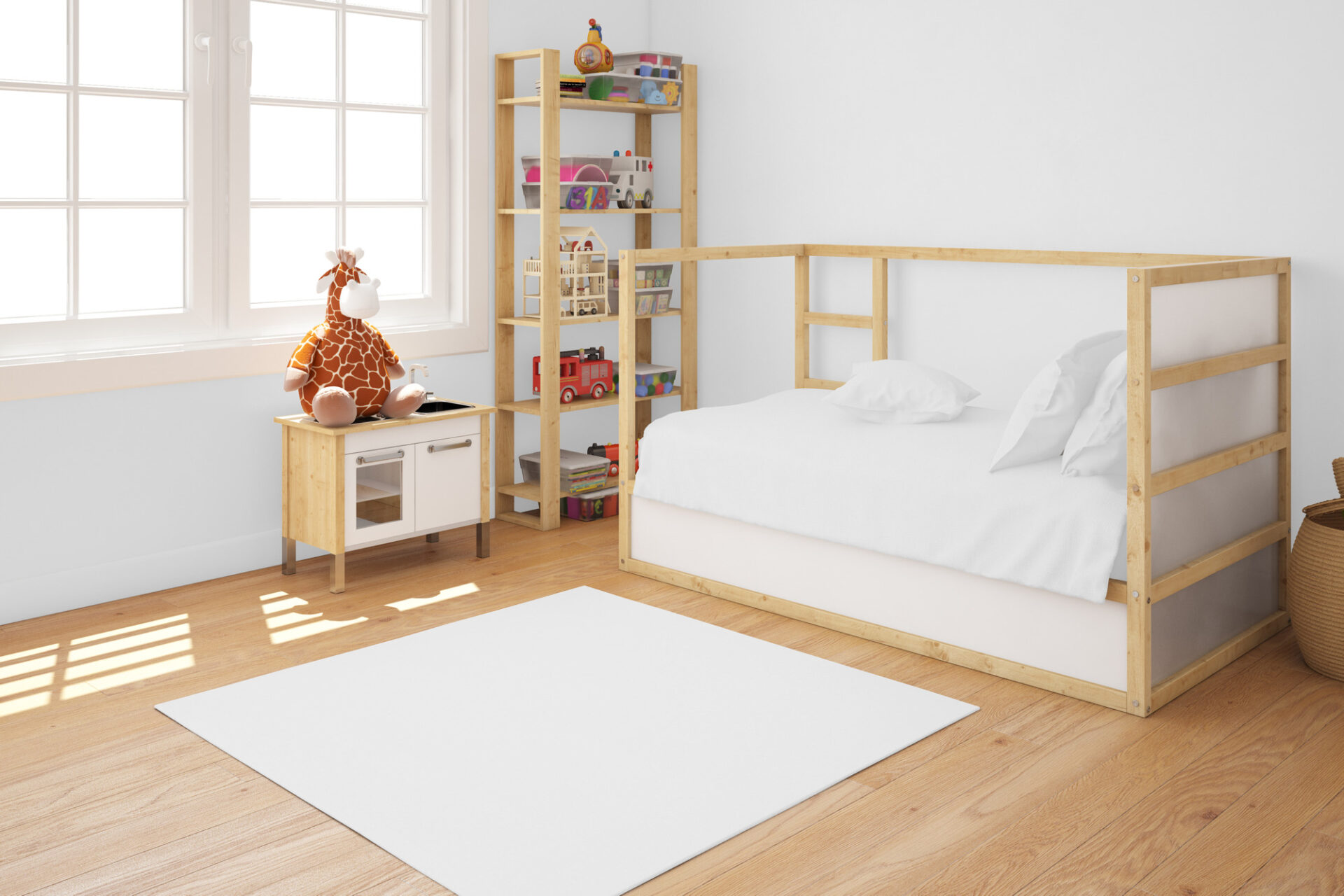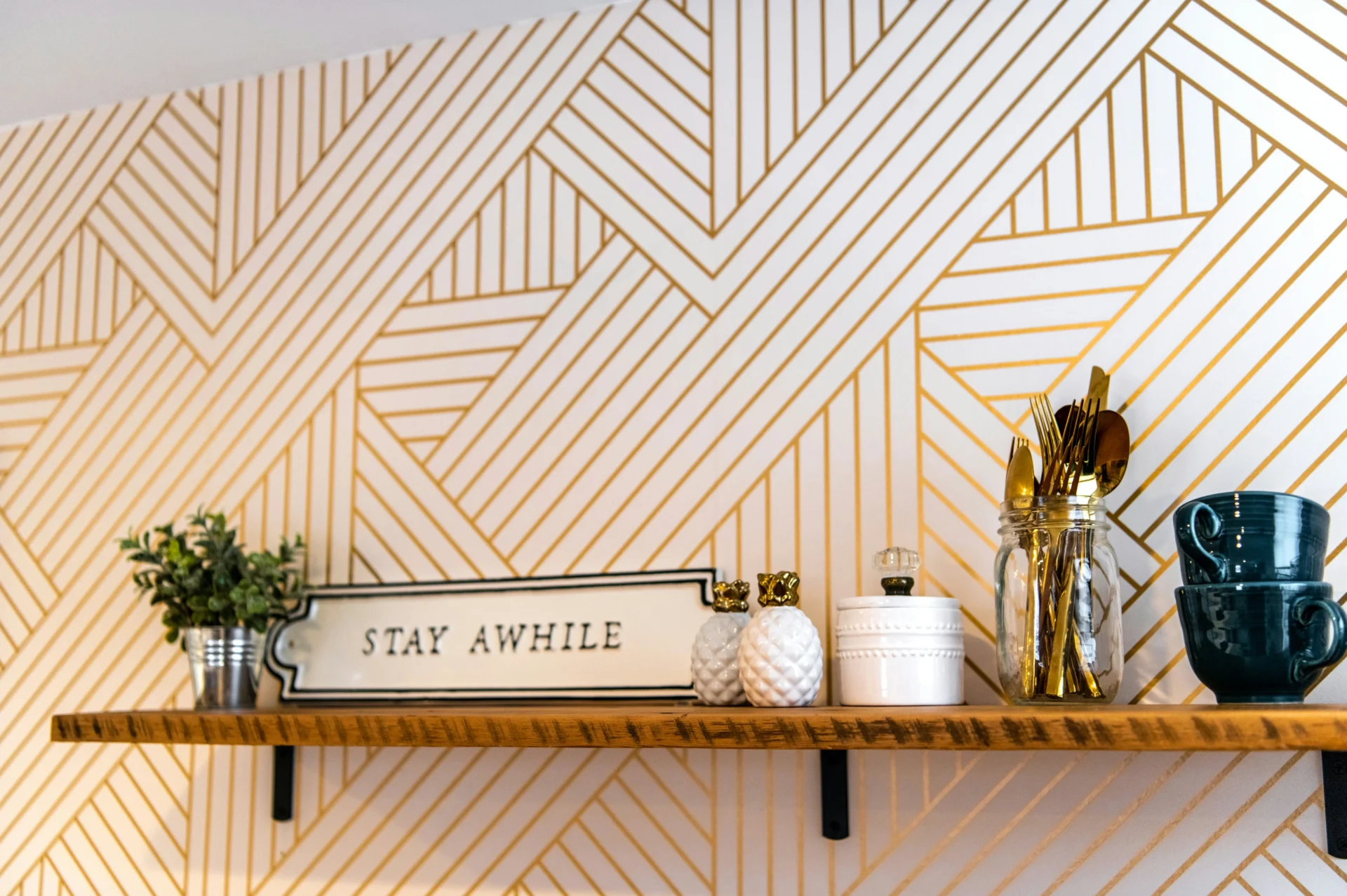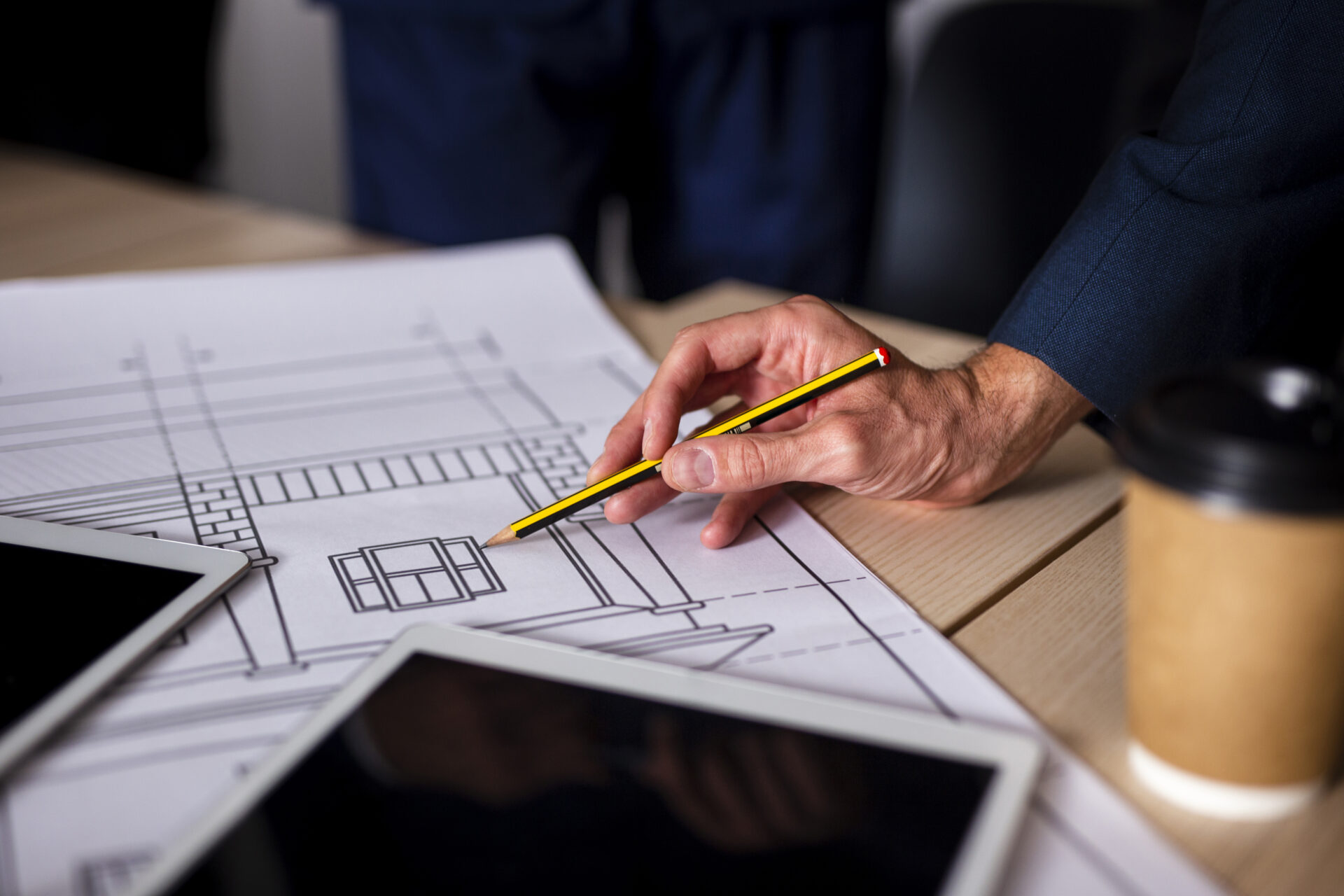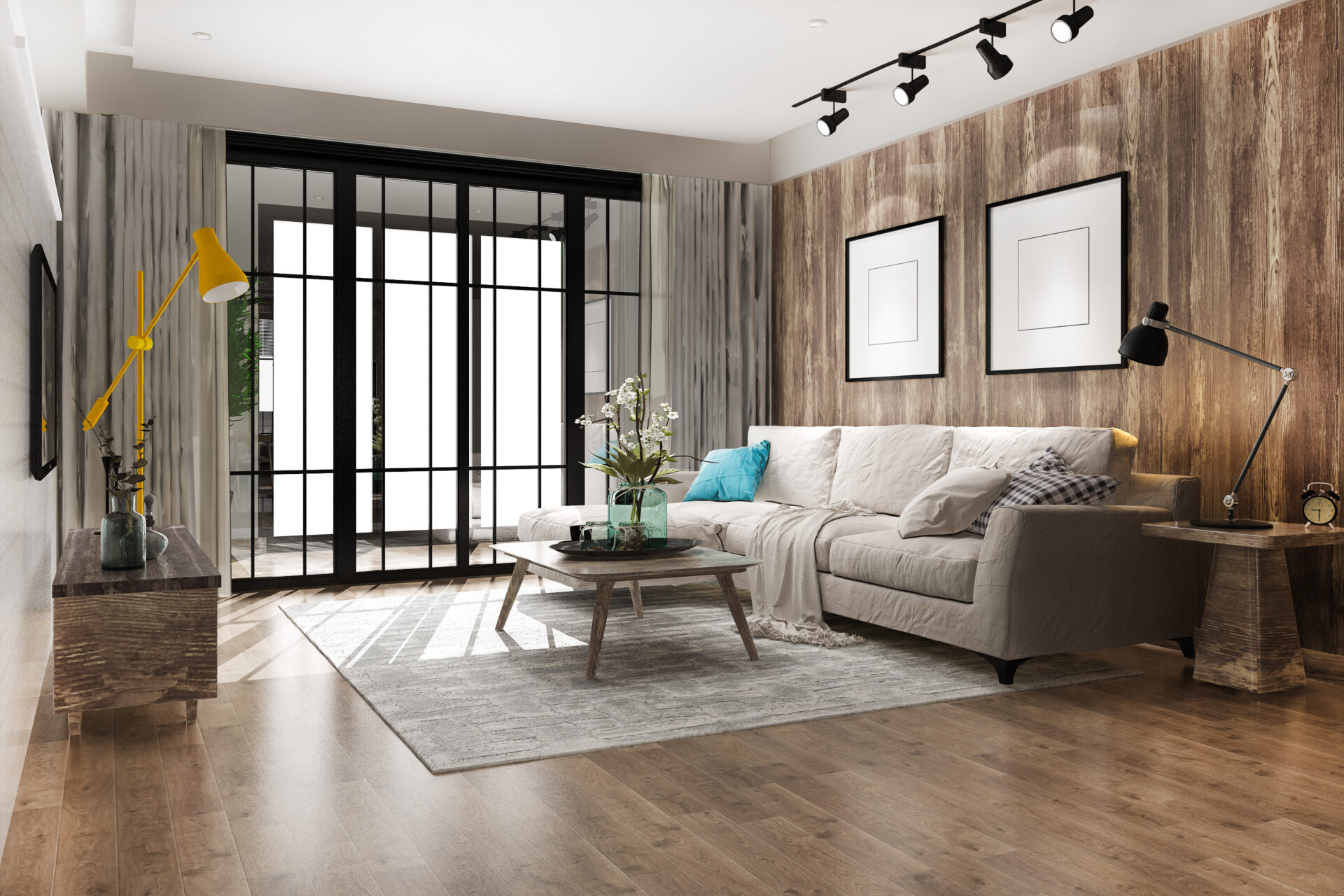
Designing for Growth: Adaptable Children’s Room Designs
Contact UsIntroduction:
Creating a children’s room that grows with them is a challenge many parents face. The key is to design a space that’s both functional and flexible, adapting to the changing needs of your child from their toddler years to adolescence. This guide offers insights into crafting adaptable children’s rooms, ensuring the space evolves alongside your child.
Understanding the Needs of Growing Children
- Age-Appropriate Design: Consider the changing needs of your child at different stages, from ample floor space for toddlers to study areas for school-aged children.
- Safety and Comfort: Prioritise safety and comfort at every stage, ensuring furniture and materials are both durable and non-toxic.
Flexible Furniture Solutions
- Convertible Furniture: Invest in pieces that can transform, such as cribs that become toddler beds or desks that adjust in height.
- Modular Storage: Use modular storage units that can be reconfigured or expanded as storage needs change, perfect for toys, books, and school supplies.
Adaptable Room Layouts
- Zone Creation: Designate areas for sleeping, playing, and studying, which can be easily updated as your child grows and their interests evolve.
- Maximising Space: Opt for multi-functional pieces like a bed with storage underneath or a fold-down desk to make the most of the available space.
Incorporating Personalisation and Creativity
- Personal Touches: Allow your child to choose themes, colours, or characters for their room decor to reflect their personality and interests.
- Creative Expression: Provide spaces for creative expression, such as a chalkboard wall, an art display area, or a DIY craft corner.
Choosing Timeless Themes and Colors
- Neutral Backdrops: Start with neutral walls and flooring for longevity, adding pops of colour through accessories and textiles.
- Evolving Themes: Select themes that can grow with your child, avoiding overly childish motifs that they may quickly outgrow.
Technology and Study Areas
- Tech-Friendly Spaces: As children grow, they’ll need spaces for technology and homework. Include a designated study area with ample charging stations and good lighting.
- Ergonomic Considerations: Ensure furniture in the study area is ergonomic, supporting your child’s posture as they learn and play.
Lighting for Various Activities
- Layered Lighting: Incorporate a mix of ambient, task, and accent lighting to support different activities, from homework to bedtime stories.
- Adjustable Lighting: Use dimmers or adjustable lamps to create a flexible lighting environment that can change depending on the time of day or activity.
Sustainability and Eco-Friendliness
- Eco-friendly Materials: Choose sustainable and eco-friendly materials for furniture, textiles, and paint, contributing to a healthier environment for your child.
- Longevity and Quality: Select high-quality pieces that will last, reducing the need to replace items frequently and thereby minimising waste.
Conclusion:
Designing a children’s room that’s adaptable for growth challenges us to think creatively and plan for the future. By focusing on flexibility, personalisation, and sustainability, you can create a space that meets your child’s needs today while being ready for tomorrow. With these strategies, your child’s room will be a place of comfort, creativity, and growth for years to come.
Looking for professional guidance on designing an adaptable children’s room? Contact Thomas Vooght today, and let’s create a space that grows with your child.
Further Reading:
For more inspiration and practical tips on creating the perfect space for your child, explore our detailed guide:
- Children’s Room Design Ideas: Dive deeper into creative concepts and innovative solutions for designing children’s rooms that spark imagination and support growth. Discover how to blend functionality with fun in a room your child will love.




